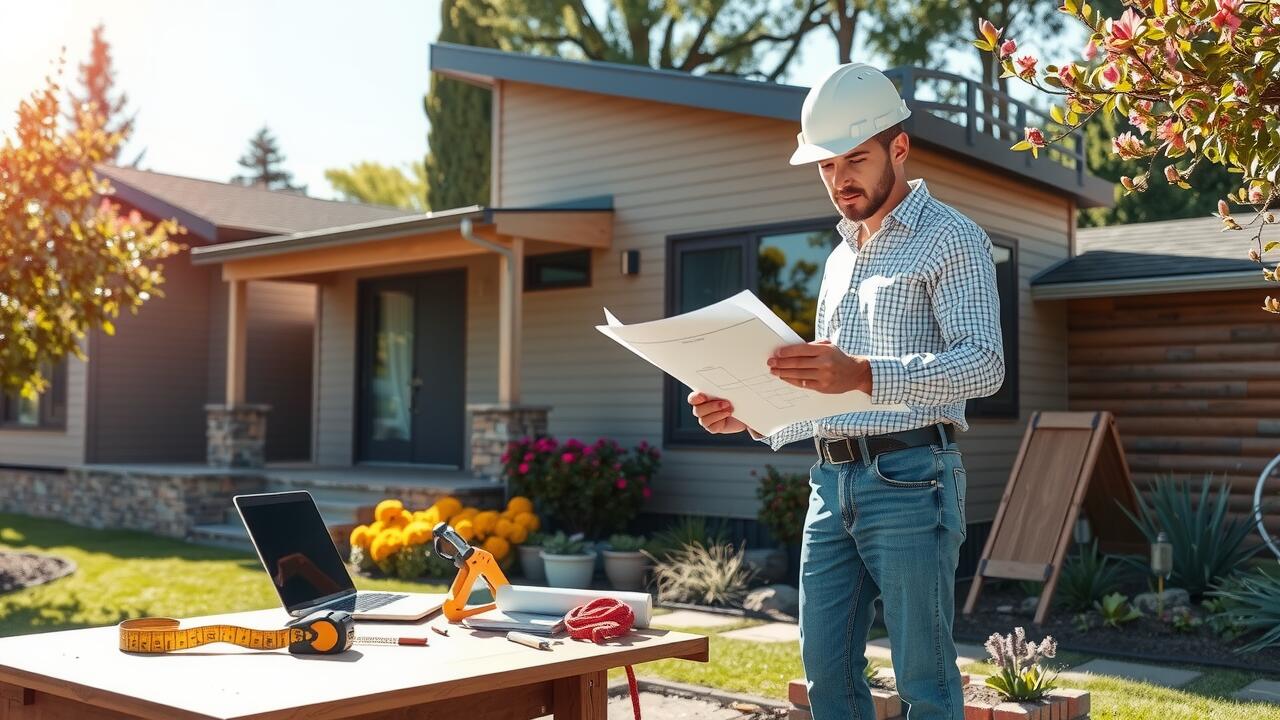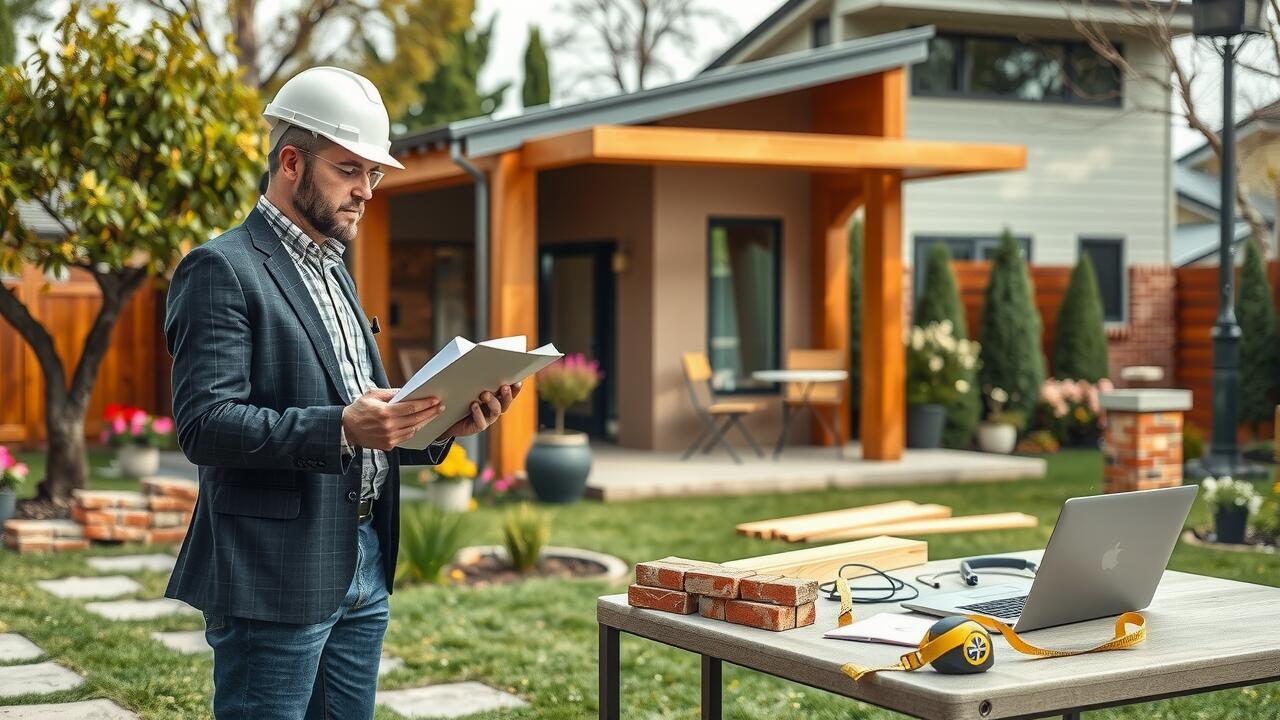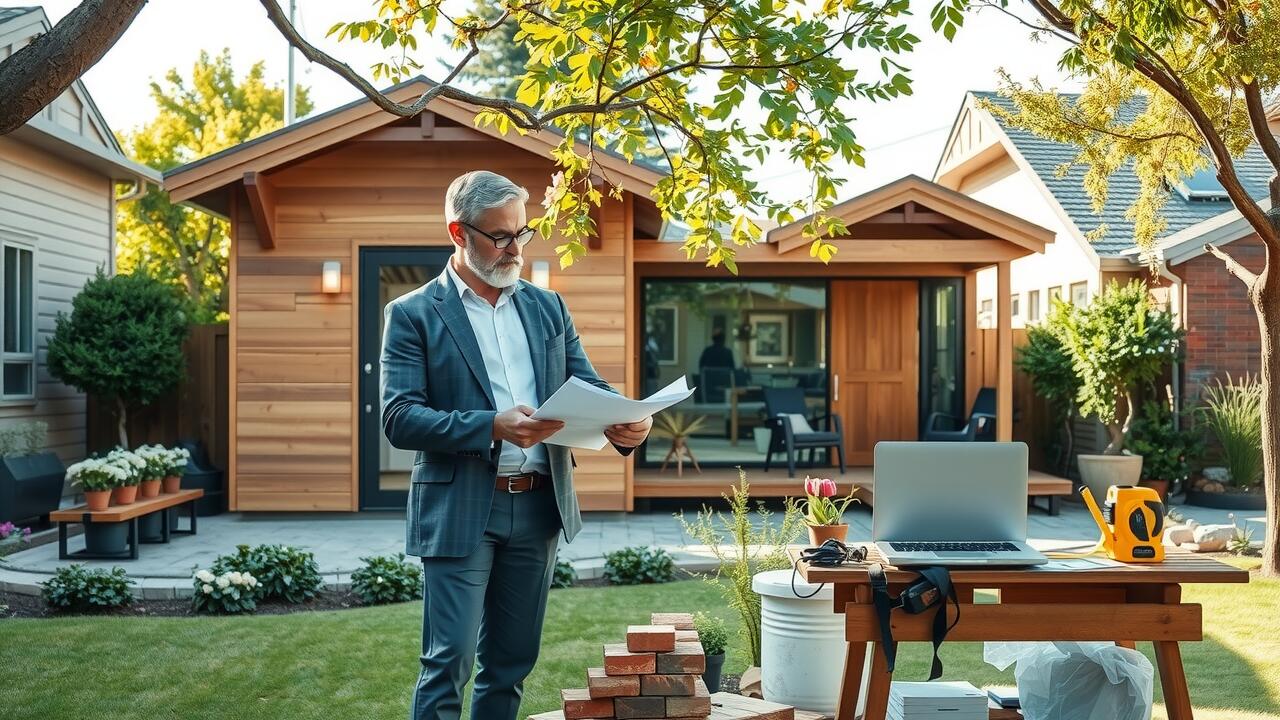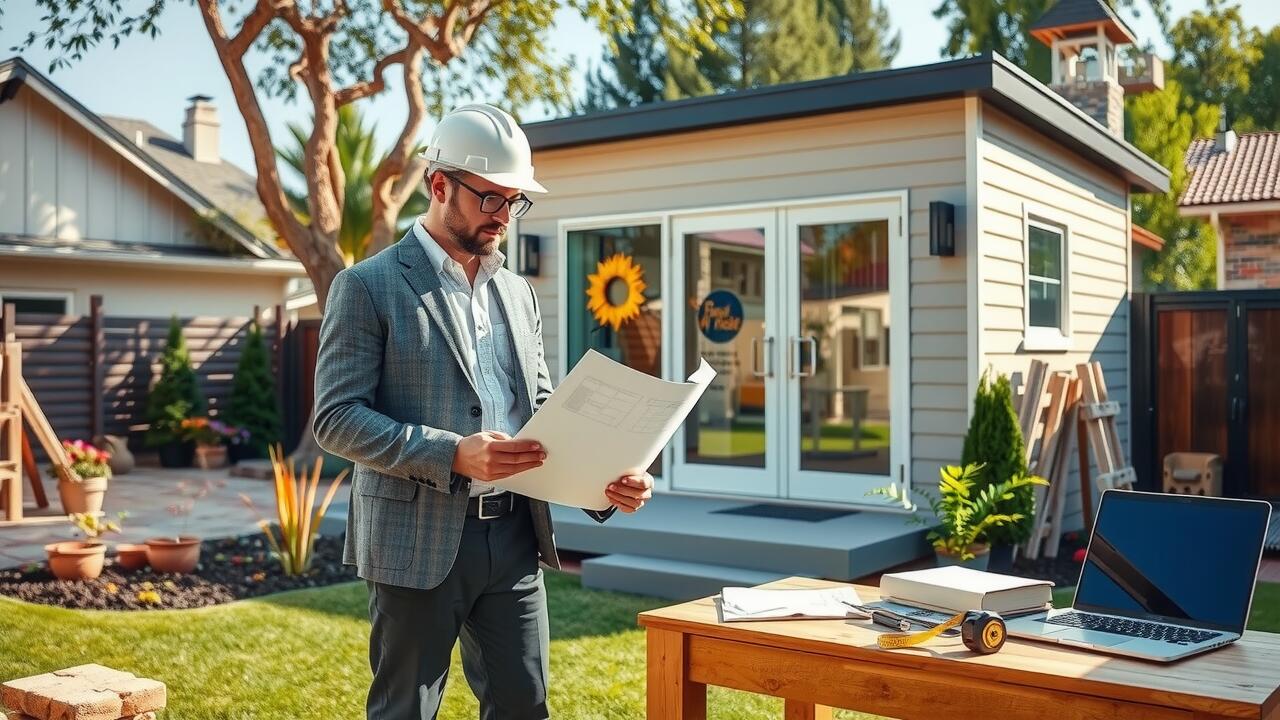
Table Of Contents
Space and Functionality Needs
When considering whether to add on to your existing home or build an ADU in Bouquet Junction, Santa Clarita, it’s essential to evaluate your current space and functionality needs. Assessing how you use your home can highlight limitations and opportunities for improvement. An expansion may provide the additional square footage required for a growing family while maintaining the main structure’s integrity and layout. In contrast, an ADU allows for a separate living area that can accommodate guests or serve as a home office.
The decision between an addition and an ADU also hinges on your long-term goals. If you’re looking to enhance your living environment without losing the main house’s layout, an addition is an appealing choice. Alternatively, if you want to create a distinct space for rental income or multi-generational living, an ADU in Bouquet Junction, Santa Clarita, could be the better option. Both choices offer unique advantages based on your specific needs and lifestyle preferences.
Assessing Your Home’s Layout
When considering the addition of space, it is essential to evaluate your current home’s layout. This assessment helps determine which option—adding an extension or building an ADU in Copper Hill, Santa Clarita—best suits your needs. Look for areas that may be underutilized or sections of your property that can accommodate new constructions without compromising the existing structure’s comfort or functionality. Assess how an extension could blend with your home’s aesthetic compared to the distinct design of a detached unit.
The flow of your home also plays a critical role in this decision. If an addition creates awkward spaces or disrupts natural light and movement, it may not be worth the investment. Conversely, an ADU in Copper Hill, Santa Clarita, offers a separate environment that provides privacy and a functional living area without altering the main home’s existing layout. Considering these factors can guide you toward a choice that enhances your living space effectively.
Timeframe for Construction
The timeframe for construction plays a crucial role in determining whether to add onto an existing home or build an accessory dwelling unit (ADU). Additions generally take longer to complete due to several factors including the need to integrate with existing structures, permit approvals, and potential disruptions to the current living space. Homeowners must consider these elements when weighing their options, as living conditions may be affected during the build process.
Building an ADU in Plum Canyon, Santa Clarita, often allows for a more streamlined construction process. Typically, an ADU can be erected in a shorter timeframe compared to traditional home additions, primarily because it is a separate structure that may not require as many modifications to existing systems. Understanding local zoning requirements and building codes can further expedite the process, making an ADU an appealing option for those in need of extra space quickly.
Duration of Additions versus ADUs
The duration for constructing an addition versus an accessory dwelling unit (ADU) can vary significantly. Generally, building an addition to a home often requires more time due to the complexities involved with expanding existing structures. Zoning laws and permitting processes can also slow down the progress. Homeowners need to consider how long it may take for contractors to complete these additions.
On the other hand, constructing an ADU in Santa Clarita might have a different timeline. While ADUs can be quicker to build due to their independent nature and potentially simpler designs, they still require adherence to local regulations. Factors such as site preparation and utility connections also play a role in determining the overall duration. Homeowners should evaluate these variables to understand the timeline better in relation to their specific needs.
Potential for Rental Income
Investing in an ADU in Plum Canyon, Santa Clarita, can open up various avenues for generating rental income. Many homeowners are discovering the advantages of having an additional living space that can be rented out to tenants. This not only provides a steady flow of revenue but also helps offset mortgage payments and other home-related expenses. Given the growing demand for rental properties, an ADU can be an attractive option for potential renters seeking affordable housing in the area.
The ability to customize the ADU in Plum Canyon, Santa Clarita, further enhances its appeal as a rental unit. Homeowners can design the space to cater to the needs of their target market, whether it’s for long-term tenants or short-term guests. With the right features and amenities, the ADU can become a desirable rental, attracting a wide range of occupants. This flexibility allows homeowners to maximize their investment, ensuring that the additional living space fulfills its financial potential.
Generating Revenue from an ADU
An accessory dwelling unit (ADU) in Rancho Santa Clarita, Santa Clarita, offers a promising opportunity for generating rental income. Homeowners can capitalize on the growing demand for affordable housing options in urban areas. By converting unused space into a livable unit, property owners can attract tenants looking for short-term or long-term accommodations. This not only helps as a supplemental income during challenging economic times but also increases the overall property value.
Investing in an ADU can create a reliable revenue stream, especially in popular areas where housing shortages are prevalent. Local regulations often support the construction of ADUs, making it easier for homeowners to navigate the process. As families seek flexible living arrangements, having an ADU in Rancho Santa Clarita, Santa Clarita, can cater to various renter needs. This adaptability further enhances the potential return on investment, making it a strategic choice for homeowners.
FAQS
What is an ADU?
An ADU, or Accessory Dwelling Unit, is a secondary housing unit located on the same lot as a primary residence. It can be a detached structure, an addition to the main home, or a converted space like a basement or garage.
What factors should I consider when deciding between an addition and an ADU?
You should consider your space and functionality needs, the layout of your home, the timeframe for construction, and the potential for rental income. Each option has different implications for space usage, costs, and investment returns.
How does the timeframe for construction differ between an addition and an ADU?
Generally, constructing an addition to your home may take less time than building a detached ADU, as it often uses existing structures. However, the specific duration can vary based on factors such as permits, design complexity, and contractor availability.
Can I generate rental income from an addition?
While it is possible to create a rental space within an addition, ADUs are typically designed with rental potential in mind, often featuring separate entrances and amenities, making them more attractive for tenants.
Is it usually cheaper to build an addition or an ADU?
The cost can vary greatly depending on factors such as location, design, materials, and labor. In some cases, building an addition may be cheaper, but constructing an ADU can provide better long-term financial benefits, especially if you plan to rent it out.


